Home>Interior Design>How To Prevent Dust In A Bedroom: Suggested By Pros
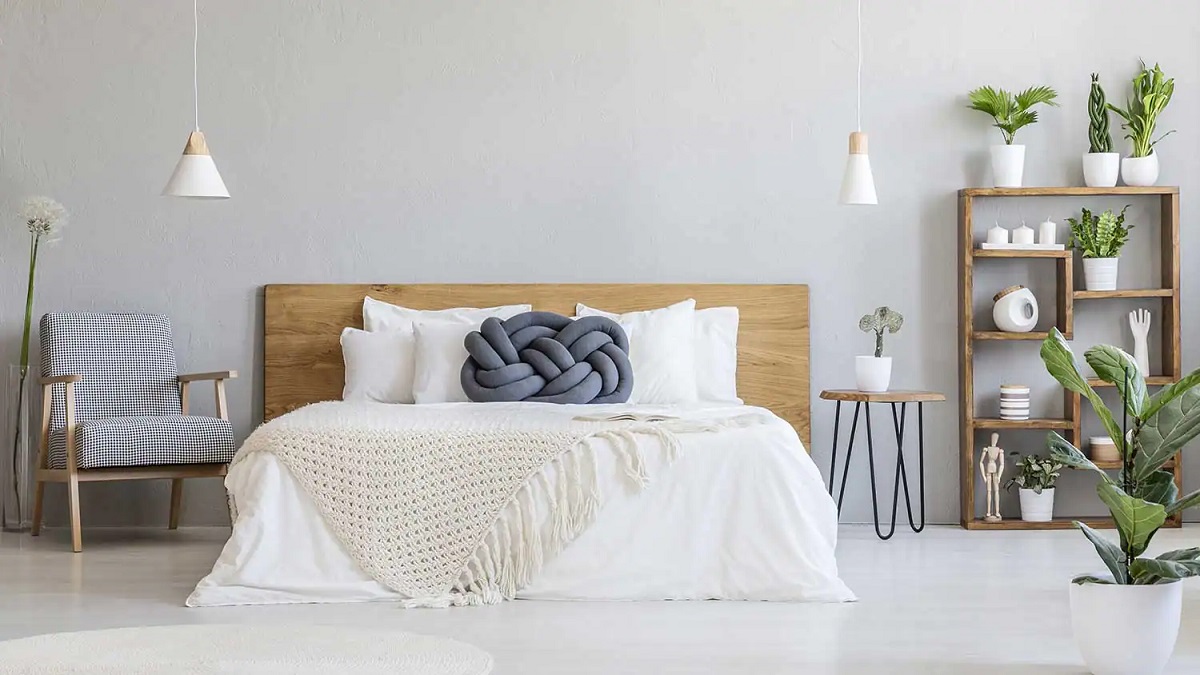

Interior Design
How To Prevent Dust In A Bedroom: Suggested By Pros
Modified: October 20, 2024
Learn expert tips for preventing dust in your bedroom with our interior design suggestions. Keep your space clean and allergen-free with our professional advice.
(Many of the links in this article redirect to a specific reviewed product. Your purchase of these products through affiliate links helps to generate commission for Storables.com, at no extra cost. Learn more)
Introduction
Welcome to the sanctuary of your home – your bedroom. This intimate space serves as a haven for relaxation, rejuvenation, and rest. However, the presence of dust can disrupt the tranquility and cleanliness of this personal retreat. Dust particles not only affect the aesthetic appeal of the bedroom but also contribute to respiratory issues and allergies. As a result, it’s crucial to implement effective strategies to minimize dust accumulation in this space.
In this article, we will explore the importance of preventing dust in the bedroom and provide expert tips to help you maintain a pristine and healthy environment. By incorporating these recommendations into your cleaning routine, you can elevate the comfort and well-being of your bedroom, ensuring a peaceful and refreshing atmosphere for rest and relaxation.
Key Takeaways:
- Prioritize a dust-free bedroom to improve respiratory health, sleep quality, and overall well-being. Use high-quality air filters, keep bedding clean, and minimize clutter to create a healthier and more inviting space.
- Control humidity levels and regularly vacuum and dust to minimize dust accumulation in your bedroom. Embrace a clutter-free environment and maintain a hygienic sleep space for better health and quality of life.
Importance of Preventing Dust in the Bedroom
Creating a dust-free environment in your bedroom is not just about maintaining a tidy space; it also significantly impacts your health and overall well-being. Here are some compelling reasons why preventing dust accumulation in the bedroom is essential:
- Respiratory Health: Dust particles can exacerbate respiratory conditions such as asthma and allergies, leading to discomfort and potential health complications. By minimizing dust in the bedroom, you can create a healthier breathing environment, especially during sleep, when our bodies are more susceptible to airborne irritants.
- Quality of Sleep: A clean and dust-free bedroom promotes better sleep quality. Dust can cause nasal congestion and irritation, disrupting your ability to breathe easily and deeply while you rest. By reducing dust, you can create a more conducive environment for restful sleep, allowing you to wake up feeling refreshed and rejuvenated.
- Allergen Control: Dust mites, a common allergen, thrive in dusty environments. These microscopic creatures can trigger allergic reactions and skin irritations, particularly in individuals with sensitivities. Taking measures to prevent dust accumulation helps mitigate the presence of dust mites, thereby reducing the risk of allergic symptoms.
- Maintaining Cleanliness: A dust-free bedroom contributes to a cleaner and more aesthetically pleasing space. Dust can settle on various surfaces, including furniture, bedding, and flooring, detracting from the overall cleanliness and visual appeal of the room. By minimizing dust, you can uphold a pristine and inviting atmosphere in your bedroom.
By recognizing the impact of dust on your health and comfort, you can prioritize the implementation of effective dust prevention strategies, ensuring that your bedroom remains a tranquil and rejuvenating retreat.
Tips for Preventing Dust in the Bedroom
To maintain a dust-free environment in your bedroom, it’s essential to adopt proactive measures that target dust prevention and control. Here are expert-recommended tips to help you minimize dust accumulation and create a cleaner, healthier space:
- Use High-Quality Air Filters: Invest in a high-efficiency particulate air (HEPA) filter for your bedroom. These specialized filters are designed to capture a wide range of airborne particles, including dust, pollen, and pet dander, thereby improving indoor air quality and reducing dust accumulation.
- Keep Bedding Clean: Wash your bedding, including sheets, pillowcases, and comforters, regularly to prevent dust and allergens from accumulating. Use hot water to wash bedding to effectively remove dust mites and other allergens, promoting a cleaner sleep environment.
- Regularly Vacuum and Dust: Implement a consistent cleaning routine that includes vacuuming carpets, rugs, and upholstery. Use a vacuum cleaner equipped with a HEPA filter to effectively capture dust and prevent it from circulating back into the air. Additionally, dust surfaces, including furniture, shelves, and baseboards, using microfiber cloths or electrostatic dusters to trap and remove dust particles.
- Minimize Clutter: Reduce the number of decorative items, knick-knacks, and unnecessary furnishings in your bedroom. Minimizing clutter not only simplifies cleaning but also reduces the surfaces where dust can accumulate, making it easier to maintain a dust-free environment.
- Control Humidity Levels: Keep the humidity levels in your bedroom within an optimal range (around 30-50%) to discourage the proliferation of dust mites. Using a dehumidifier can help regulate moisture levels, preventing excessive humidity that can contribute to dust mite infestations.
By integrating these proactive strategies into your cleaning regimen, you can effectively mitigate dust accumulation in your bedroom, promoting a healthier and more comfortable living space. Consistent maintenance and attention to dust prevention will contribute to a cleaner, more inviting bedroom environment, supporting your well-being and quality of life.
Use High-Quality Air Filters
When it comes to maintaining a dust-free bedroom, the quality of the air you breathe plays a pivotal role. High-efficiency particulate air (HEPA) filters are instrumental in capturing and containing airborne particles, including dust, pollen, pet dander, and other allergens. By integrating high-quality air filters into your bedroom environment, you can significantly reduce the presence of dust, promoting cleaner and healthier indoor air.
HEPA filters are designed to trap particles as small as 0.3 microns with an efficiency of 99.97%, making them highly effective in enhancing indoor air quality. These filters are available for various applications, including standalone air purifiers, HVAC systems, and vacuum cleaners. When selecting an air purifier or HVAC filter, look for products specifically labeled as HEPA-certified to ensure optimal performance in capturing airborne contaminants.
By strategically placing HEPA air purifiers in your bedroom, you can continuously filter the air, reducing the concentration of dust particles and allergens. This is particularly beneficial for individuals with respiratory sensitivities or allergies, as it helps create a cleaner and more comfortable breathing environment.
For HVAC systems, consider upgrading to HEPA-rated filters to improve the filtration efficiency of your home’s ventilation. These filters can capture a wide range of airborne pollutants, including dust, mold spores, and pet dander, contributing to a healthier indoor environment throughout your home, with specific benefits in the bedroom where you spend a significant portion of your time.
Regularly replacing or cleaning HEPA filters is essential to maintain their effectiveness. Follow the manufacturer’s recommendations for filter maintenance and replacement intervals to ensure optimal performance. By prioritizing the use of high-quality air filters in your bedroom, you can proactively reduce dust accumulation and enhance the overall air quality, fostering a cleaner and more comfortable living space.
Keep Bedding Clean
Bedding serves as a haven for dust accumulation, making regular cleaning essential for maintaining a dust-free bedroom environment. Sheets, pillowcases, comforters, and mattress covers can harbor dust mites, skin flakes, and other particles, contributing to a less hygienic sleep space. By implementing diligent cleaning practices for your bedding, you can effectively reduce dust buildup and promote a healthier sleep environment.
Washing your bedding at regular intervals is crucial for preventing dust accumulation. Use hot water (ideally above 130°F or 54°C) when laundering your sheets and pillowcases, as the heat helps eliminate dust mites and allergens. Additionally, consider using hypoallergenic laundry detergents to minimize potential skin irritation and allergic reactions caused by residual detergents on bedding.
When washing comforters and duvet covers, follow the care instructions provided by the manufacturer to ensure proper cleaning and maintenance. In some cases, larger bedding items may require professional laundering or use of a commercial-sized washer and dryer to achieve thorough cleaning and dust removal.
To further protect your bedding from dust accumulation, consider using mattress and pillow protectors designed to create a barrier against dust mites and allergens. These protective covers are typically made from tightly woven fabric or specialized materials that prevent particles from permeating the bedding, helping to maintain a cleaner and more hygienic sleep environment.
Regularly vacuuming your mattress and pillows can also aid in minimizing dust buildup. Use a vacuum cleaner with a upholstery attachment to remove surface dust, skin flakes, and other debris from these essential components of your sleep space. This practice not only reduces dust accumulation but also extends the longevity of your bedding, ensuring a more hygienic and comfortable sleep surface.
By prioritizing the cleanliness of your bedding and implementing proactive measures to minimize dust accumulation, you can create a healthier and more inviting sleep environment in your bedroom. Consistent attention to the care and maintenance of your bedding contributes to a cleaner, more hygienic space, supporting your overall well-being and comfort.
Consider using allergen-proof covers for pillows and mattresses to prevent dust mites from accumulating. Regularly vacuum and dust surfaces to keep dust at bay.
Read more: How To Dust Furniture
Regularly Vacuum and Dust
Regular vacuuming and dusting are fundamental components of maintaining a dust-free bedroom. These cleaning practices not only enhance the visual appeal of the space but also contribute to a healthier indoor environment by reducing dust accumulation and allergens. By incorporating consistent vacuuming and dusting into your cleaning routine, you can effectively minimize dust and promote a cleaner, more comfortable bedroom environment.
When vacuuming your bedroom, pay particular attention to carpets, rugs, and upholstered furniture, as these surfaces are prone to harboring dust and allergens. Use a vacuum cleaner equipped with a high-efficiency particulate air (HEPA) filter to effectively capture and contain dust particles, preventing them from being reintroduced into the air. Vacuuming with a HEPA filter helps maintain cleaner indoor air quality, reducing the potential for respiratory discomfort and allergic reactions caused by airborne dust.
In addition to regular vacuuming, dusting surfaces throughout your bedroom is essential for minimizing dust accumulation. Use microfiber cloths or electrostatic dusters to trap and remove dust from furniture, shelves, baseboards, and other surfaces. These specialized cleaning tools effectively capture and hold onto dust particles, preventing them from resettling on cleaned surfaces and promoting a thorough dusting process.
When dusting, be thorough in addressing often-overlooked areas, such as ceiling fan blades, light fixtures, and decorative items. These areas can accumulate significant dust buildup, contributing to airborne particles that can affect indoor air quality and cleanliness. By addressing these areas during your regular cleaning routine, you can maintain a more comprehensive and effective approach to dust prevention in your bedroom.
Consistency is key when it comes to vacuuming and dusting your bedroom. Establish a regular cleaning schedule to ensure that these tasks are performed at appropriate intervals to prevent dust accumulation. Depending on factors such as indoor air quality, foot traffic, and pet presence, you may need to adjust the frequency of vacuuming and dusting to effectively manage dust levels in your bedroom.
By prioritizing regular vacuuming and dusting, you can actively reduce dust accumulation in your bedroom, promoting a cleaner and more comfortable living space. These simple yet impactful cleaning practices contribute to a healthier indoor environment, supporting your well-being and enhancing the overall cleanliness of your bedroom.
Minimize Clutter
Reducing clutter in your bedroom not only contributes to a more organized and visually appealing space but also plays a significant role in minimizing dust accumulation. Cluttered surfaces provide additional areas for dust to settle, making it more challenging to maintain a clean and dust-free environment. By adopting a clutter-minimization approach, you can simplify cleaning and create a more conducive environment for dust prevention in your bedroom.
Start by evaluating the items in your bedroom and identifying opportunities to declutter. Consider removing unnecessary decorative items, knick-knacks, and excess furnishings that can collect dust. Streamlining the contents of your bedroom not only reduces dust-prone surfaces but also enhances the overall aesthetic and spaciousness of the room.
Organizational solutions such as storage bins, shelves, and furniture with built-in storage can help keep belongings neatly stowed away, minimizing the presence of dust-collecting items on open surfaces. By utilizing effective storage solutions, you can maintain a more streamlined and clutter-free bedroom, making it easier to manage dust and maintain cleanliness.
When arranging items in your bedroom, prioritize functionality and purposeful placement. Minimizing clutter extends beyond simply reducing the number of items; it also involves thoughtful organization and intentional placement of belongings to prevent dust buildup. Avoid overcrowding surfaces and ensure that items are positioned in a manner that facilitates easy cleaning and maintenance.
Regularly assess and reevaluate the contents of your bedroom to prevent the accumulation of unnecessary items. Periodically decluttering and organizing your belongings can help maintain a cleaner and more manageable space, reducing the potential for dust accumulation and simplifying your cleaning efforts.
By embracing a minimalist and organized approach to your bedroom’s layout and contents, you can effectively minimize dust accumulation and create a more inviting and hygienic living environment. Prioritizing clutter reduction contributes to a cleaner, more manageable space, supporting your efforts to maintain a dust-free bedroom and promoting a sense of tranquility and order within your personal retreat.
Control Humidity Levels
Managing humidity levels in your bedroom is a key factor in preventing dust mites and mold growth, contributing to a cleaner and healthier indoor environment. By controlling humidity, you can mitigate the conditions that support the proliferation of dust mites and mold, ultimately reducing the presence of dust and allergens in your bedroom.
Investing in a hygrometer, a device that measures humidity levels, allows you to monitor and maintain an optimal indoor humidity range of around 30-50%. By regularly monitoring humidity levels, you can make informed adjustments to create a less hospitable environment for dust mites, which thrive in higher humidity conditions.
To effectively manage humidity, consider using a dehumidifier in your bedroom, especially in areas where excess moisture may be a concern. Dehumidifiers help remove excess moisture from the air, reducing humidity levels and discouraging the growth of dust mites and mold. By maintaining balanced humidity, you can actively minimize the presence of these allergens, contributing to a cleaner and more comfortable bedroom environment.
Proper ventilation also plays a crucial role in controlling humidity levels. Ensure that your bedroom is adequately ventilated to allow for air circulation, which can help prevent moisture buildup and maintain balanced humidity. Opening windows, using exhaust fans, and incorporating air purifiers with ventilation capabilities can all contribute to improved air circulation and humidity control in your bedroom.
Addressing any sources of moisture or leaks in your bedroom is essential for preventing excessive humidity and mold growth. Be proactive in addressing issues such as water leaks, condensation, or damp areas to prevent the conditions that foster dust mites and mold. By promptly addressing these concerns, you can maintain a drier and more inhospitable environment for dust mites and mold, supporting your efforts to minimize dust accumulation.
By actively managing humidity levels in your bedroom, you can create a less favorable environment for dust mites and mold, contributing to a cleaner and more hygienic living space. Incorporating humidity control measures supports your overall efforts to prevent dust accumulation, promoting a healthier and more comfortable bedroom environment.
Conclusion
Your bedroom serves as a sanctuary for relaxation and rejuvenation, making it essential to prioritize dust prevention to maintain a clean and healthy living space. By implementing expert-recommended strategies, you can effectively minimize dust accumulation and create a more inviting and hygienic environment within your bedroom.
Recognizing the importance of preventing dust in the bedroom is the first step toward fostering a cleaner and healthier living space. Dust not only impacts the visual cleanliness of the room but also poses potential health risks, particularly for individuals with respiratory sensitivities and allergies. By understanding the implications of dust accumulation, you can proactively address this concern and elevate the overall comfort and well-being of your bedroom.
Implementing targeted measures such as using high-quality air filters, keeping bedding clean, and regularly vacuuming and dusting are instrumental in minimizing dust accumulation. These proactive steps contribute to a cleaner and more comfortable bedroom environment, supporting your health and quality of life.
Minimizing clutter and controlling humidity levels further enhance your efforts to prevent dust accumulation. By embracing a minimalist approach to bedroom organization and actively managing humidity, you can create a less hospitable environment for dust mites and mold, reducing the presence of allergens and contributing to a cleaner living space.
By integrating these expert-recommended tips into your cleaning routine and overall bedroom maintenance, you can maintain a dust-free environment that promotes better respiratory health, quality sleep, and overall well-being. Consistent attention to dust prevention not only enhances the cleanliness and visual appeal of your bedroom but also supports a healthier and more comfortable living environment for relaxation and rest.
Ultimately, by prioritizing dust prevention in your bedroom, you can cultivate a tranquil and rejuvenating space that promotes your overall comfort, health, and well-being, ensuring that your personal retreat remains a haven of cleanliness and relaxation.
Frequently Asked Questions about How To Prevent Dust In A Bedroom: Suggested By Pros
Was this page helpful?
At Storables.com, we guarantee accurate and reliable information. Our content, validated by Expert Board Contributors, is crafted following stringent Editorial Policies. We're committed to providing you with well-researched, expert-backed insights for all your informational needs.

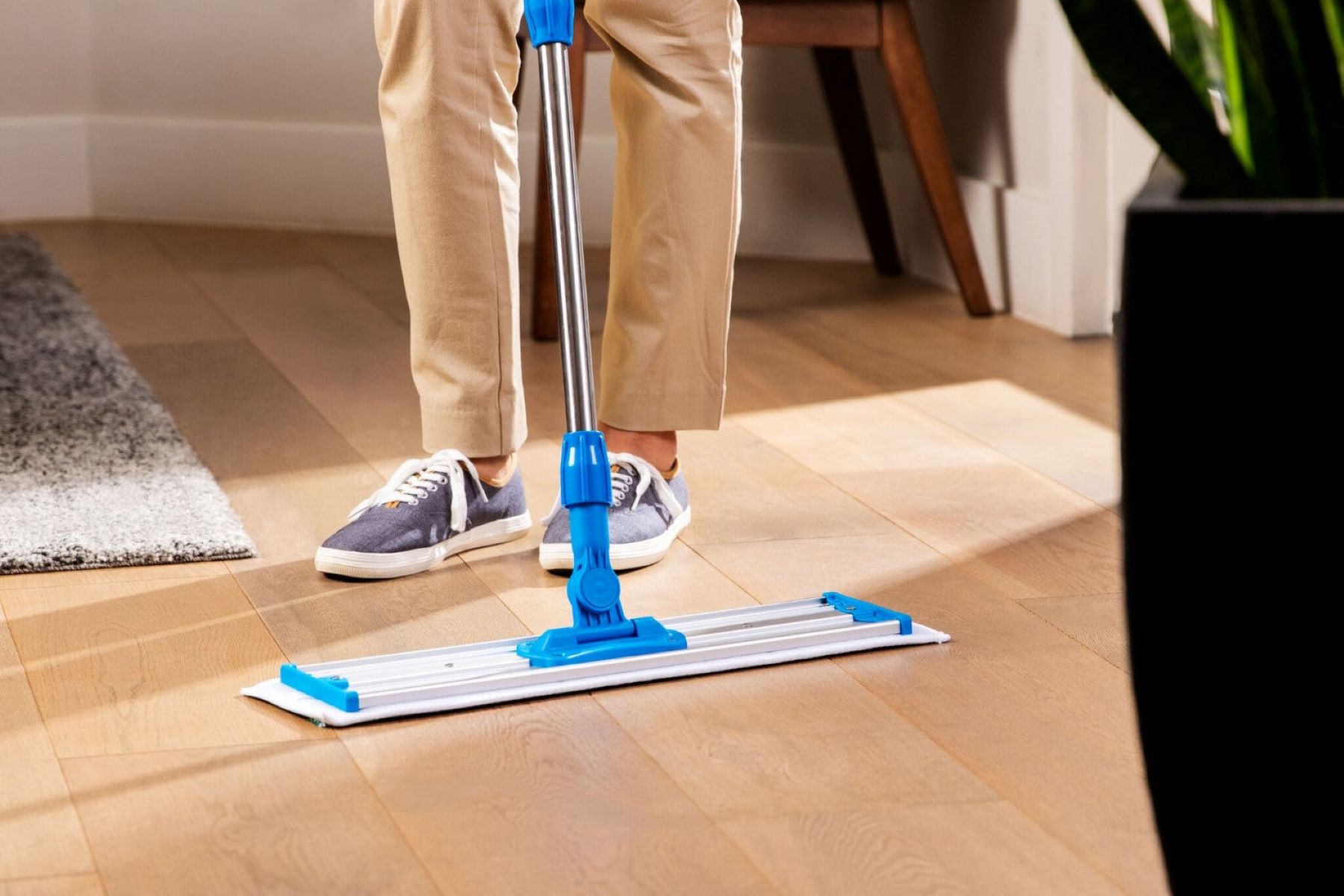
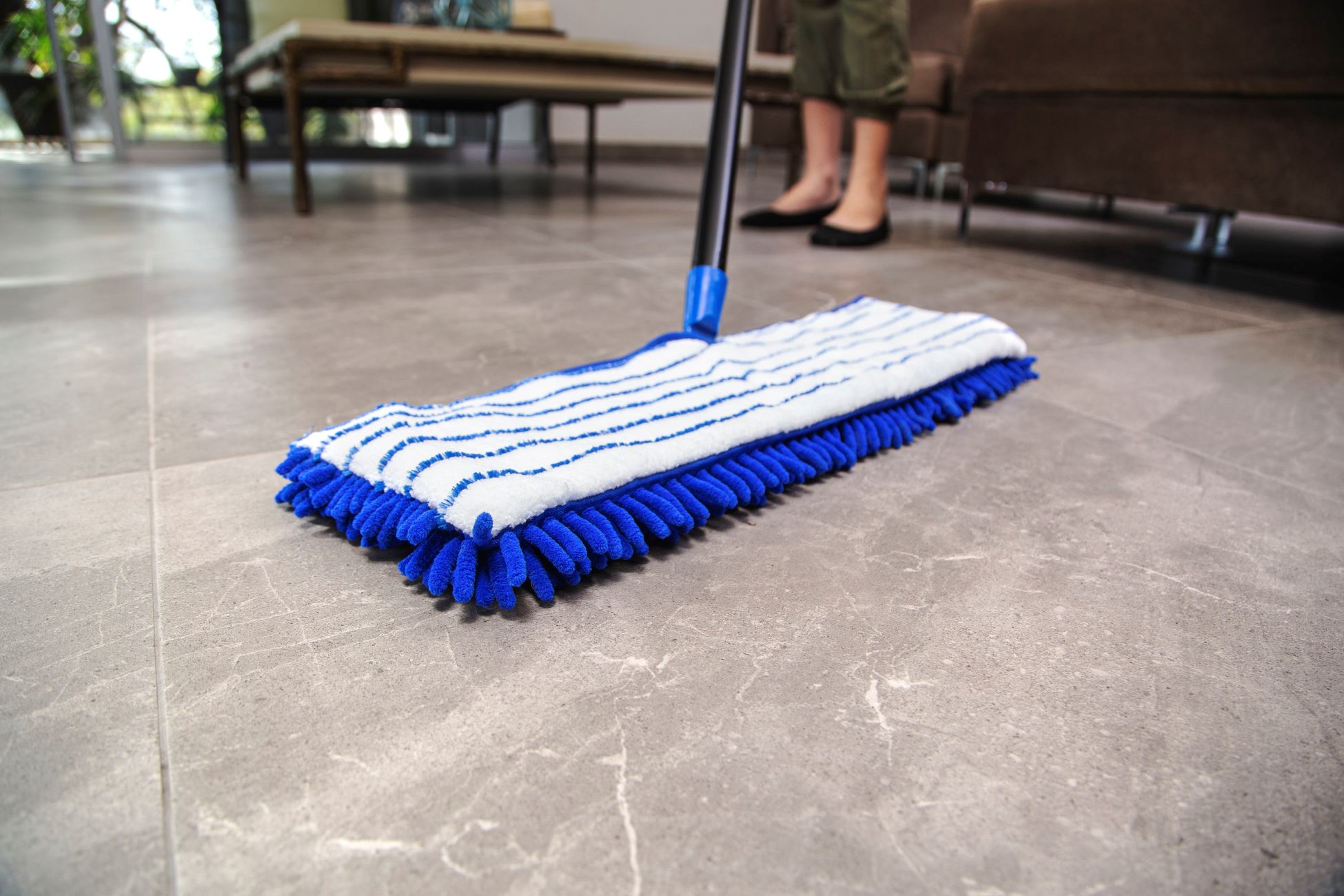




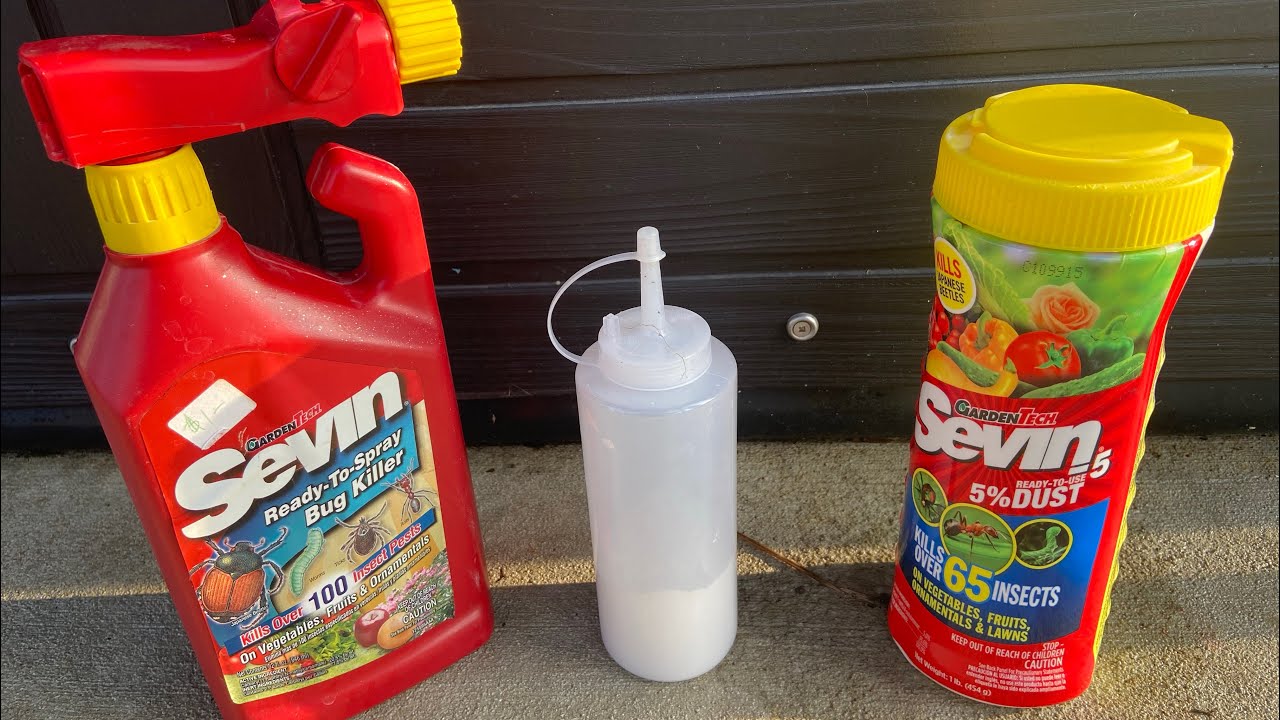
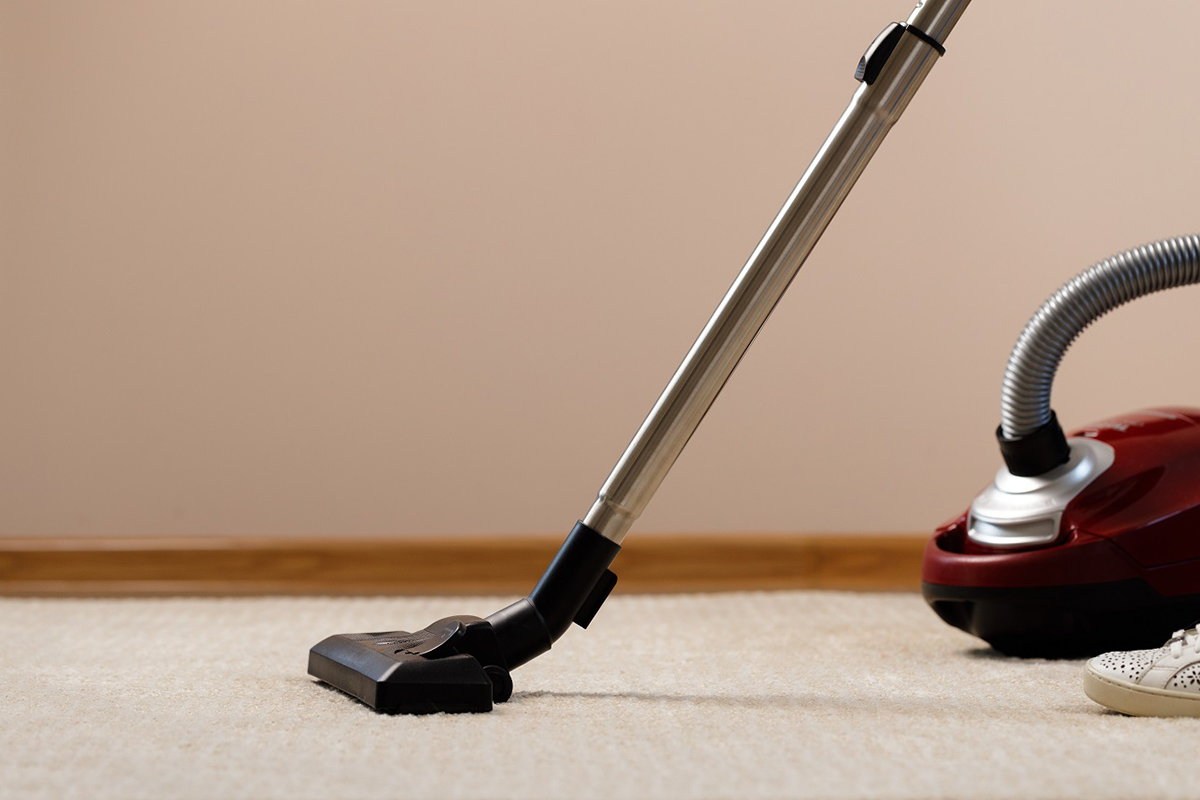
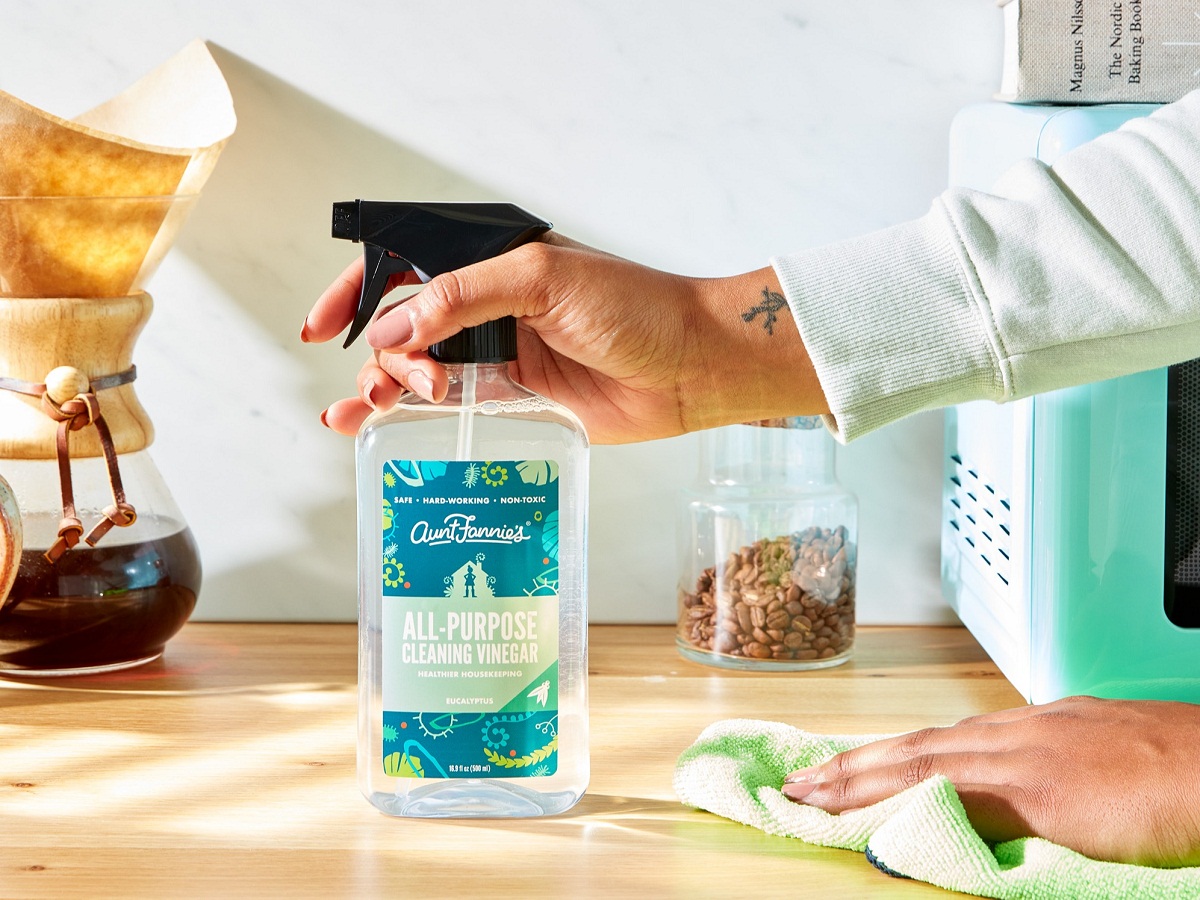
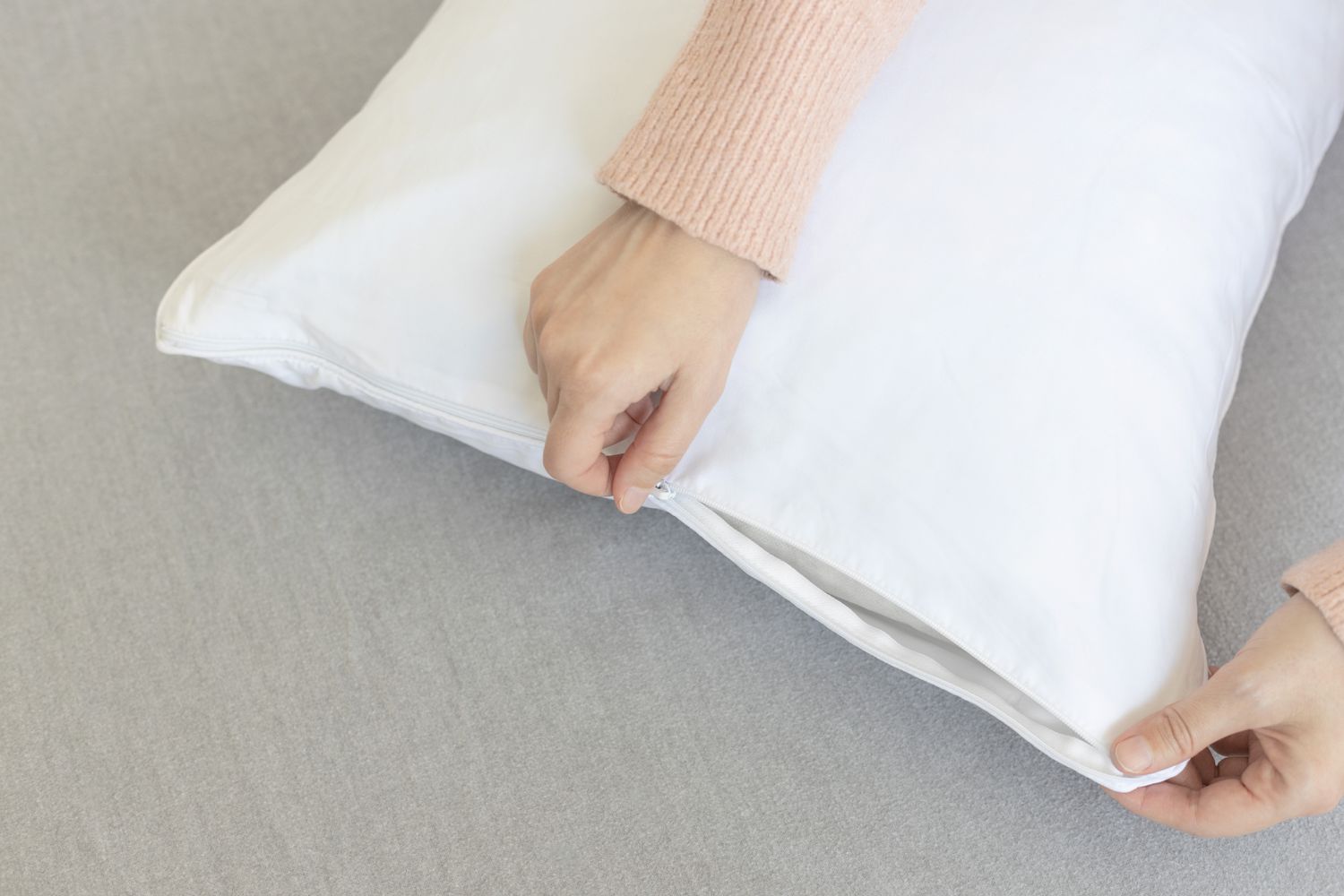
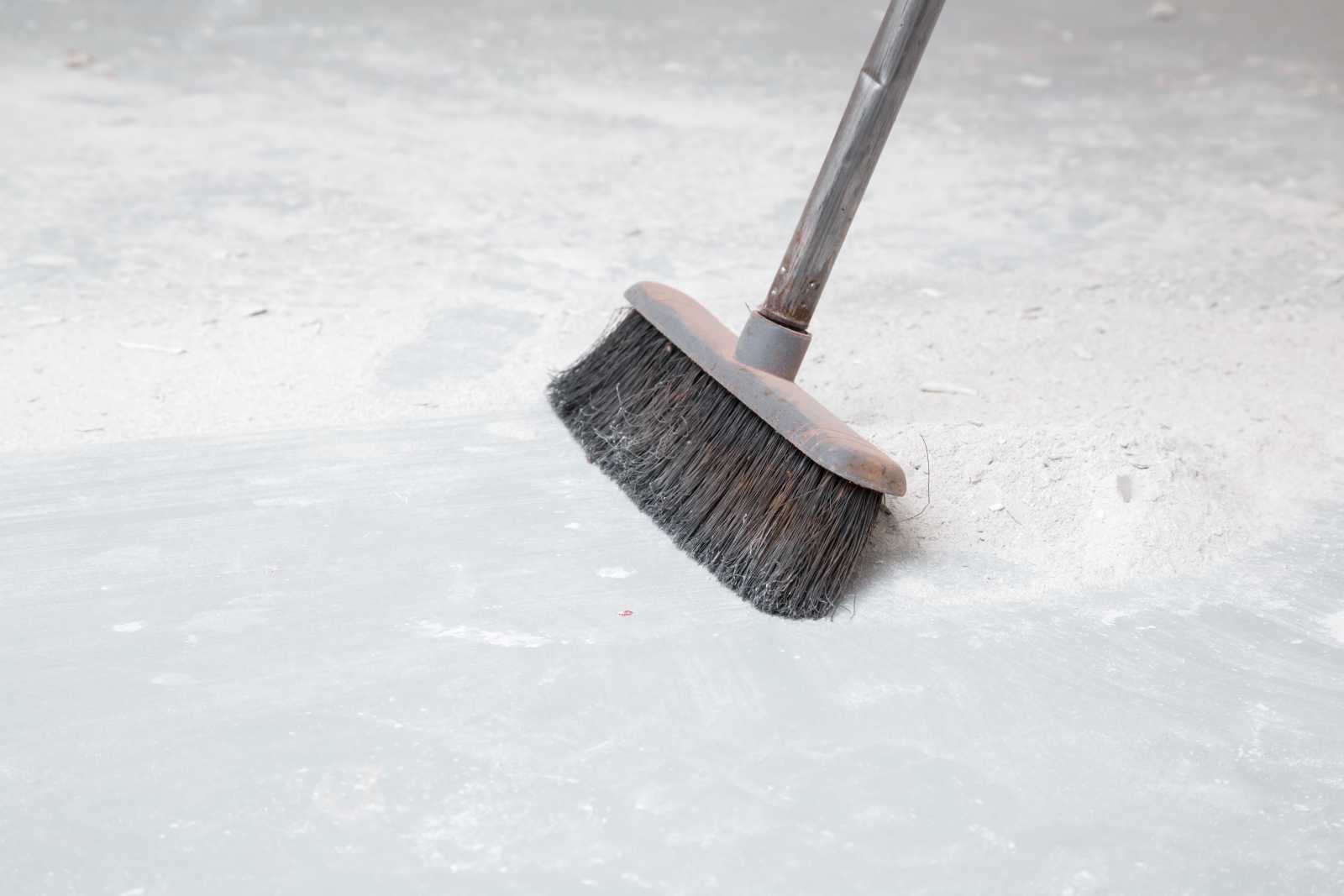

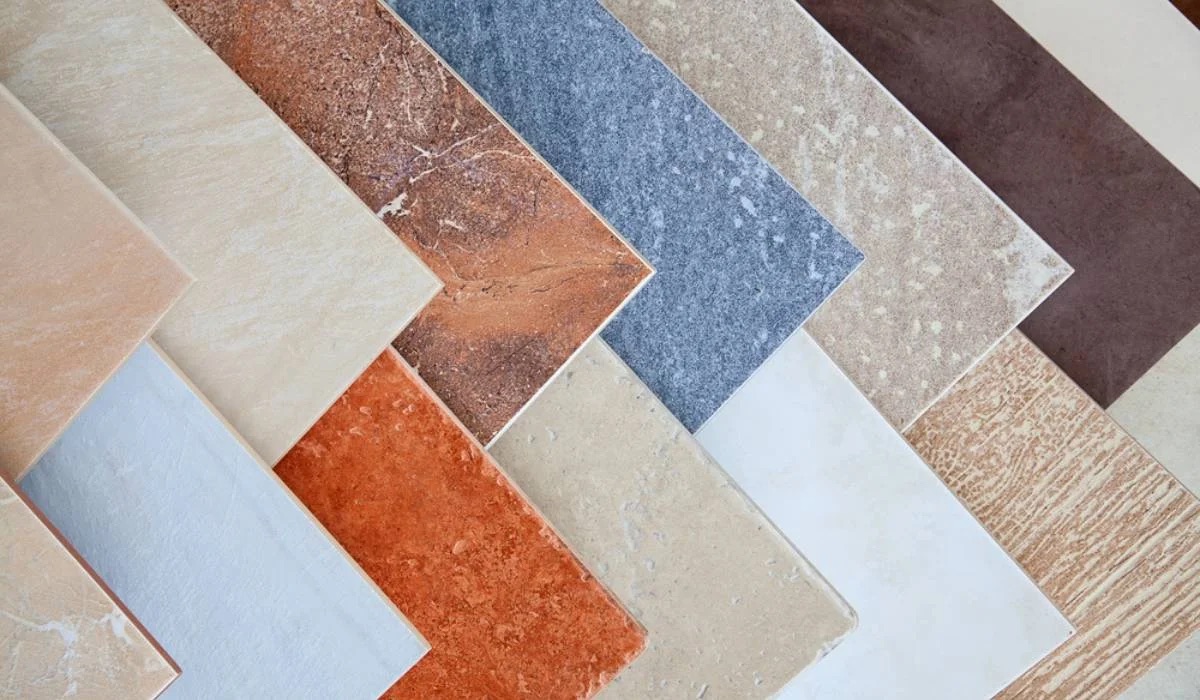

0 thoughts on “How To Prevent Dust In A Bedroom: Suggested By Pros”